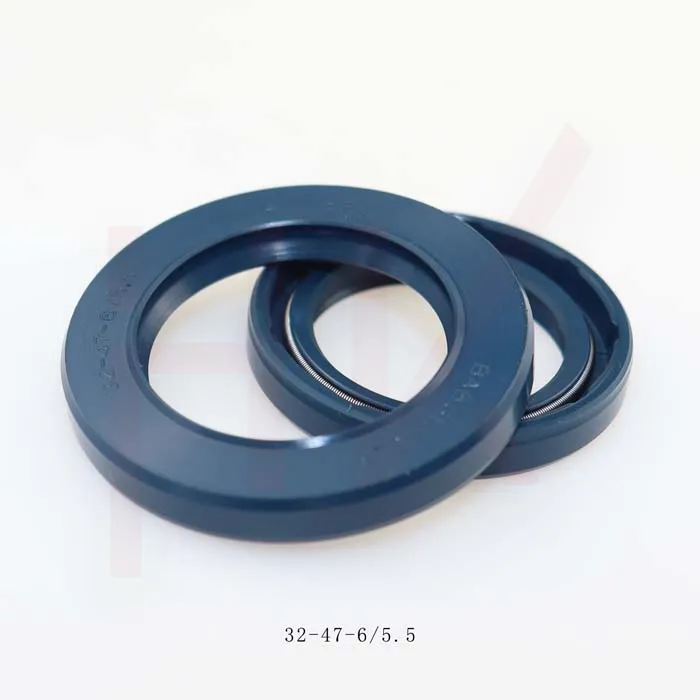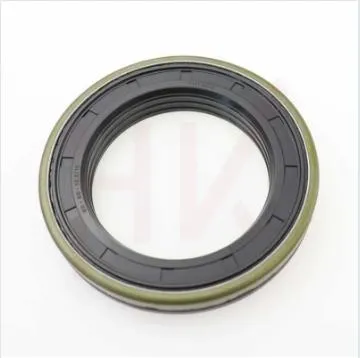Jan . 20, 2025 13:45 Back to list
Standard Hydraulic DKB Type Dustproof Wiper Oil Seal


Removal of the old seals can be delicate; using a pick tool can help, but avoid damaging seal grooves or other delicate parts. Clean all surfaces with a lint-free cloth and a suitable cleaning agent—dirt or residue can severely affect the performance of new seals. Installing new seals requires both precision and care. Use a lubricant compatible with the hydraulic fluid to ease the installation and reduce the risk of the seals pinching or twisting. Using a seal installation tool can help fit the seals uniformly without overstressing them. Once the seals are securely placed, reverse the disassembly process carefully. Reassemble the cylinder components, ensuring that everything aligns perfectly. Misalignment can lead to leaks or malfunction. Use torque specifications from the cylinder’s manufacturer to tighten any bolts or fittings. With the cylinder reassembled, reinstall it onto the machinery. Double-check all connections and fittings, ensuring they are secure and in accordance with the manufacturer's guidelines. After installation, test the hydraulic system. Re-pressurize the system gradually and observe the cylinder's performance. Look for leaks and ensure the system operates smoothly. It’s advisable to perform this step before full-scale operation begins, under controlled conditions to verify that everything functions as intended. Maintaining meticulous records of all maintenance activities, including seal replacements, can help track performance over time and anticipate future maintenance needs. This practice bolsters credibility and accountability, showcasing a commitment to system efficiency and reliability. By following these steps carefully and using high-quality materials, you ensure the reliability and extended service life of your hydraulic systems. As a resource trusted by professionals worldwide, understanding the intricacies involved in replacing seals provides the tools necessary to perform this task with confidence and precision. Investing the time and effort into proper seal maintenance reaps rewards in the form of operational efficiency, safety, and cost savings over the long term.
-
TCN Oil Seal Metal Ring Reinforcement for Heavy Machinery
NewsJul.25,2025
-
Rotary Lip Seal Spring-Loaded Design for High-Speed Applications
NewsJul.25,2025
-
Hydraulic Cylinder Seals Polyurethane Material for High-Impact Jobs
NewsJul.25,2025
-
High Pressure Oil Seal Polyurethane Coating Wear Resistance
NewsJul.25,2025
-
Dust Proof Seal Double Lip Design for Construction Equipment
NewsJul.25,2025
-
Hub Seal Polyurethane Wear Resistance in Agricultural Vehicles
NewsJul.25,2025
-
The Trans-formative Journey of Wheel Hub Oil Seals
NewsJun.06,2025
Products categories
















